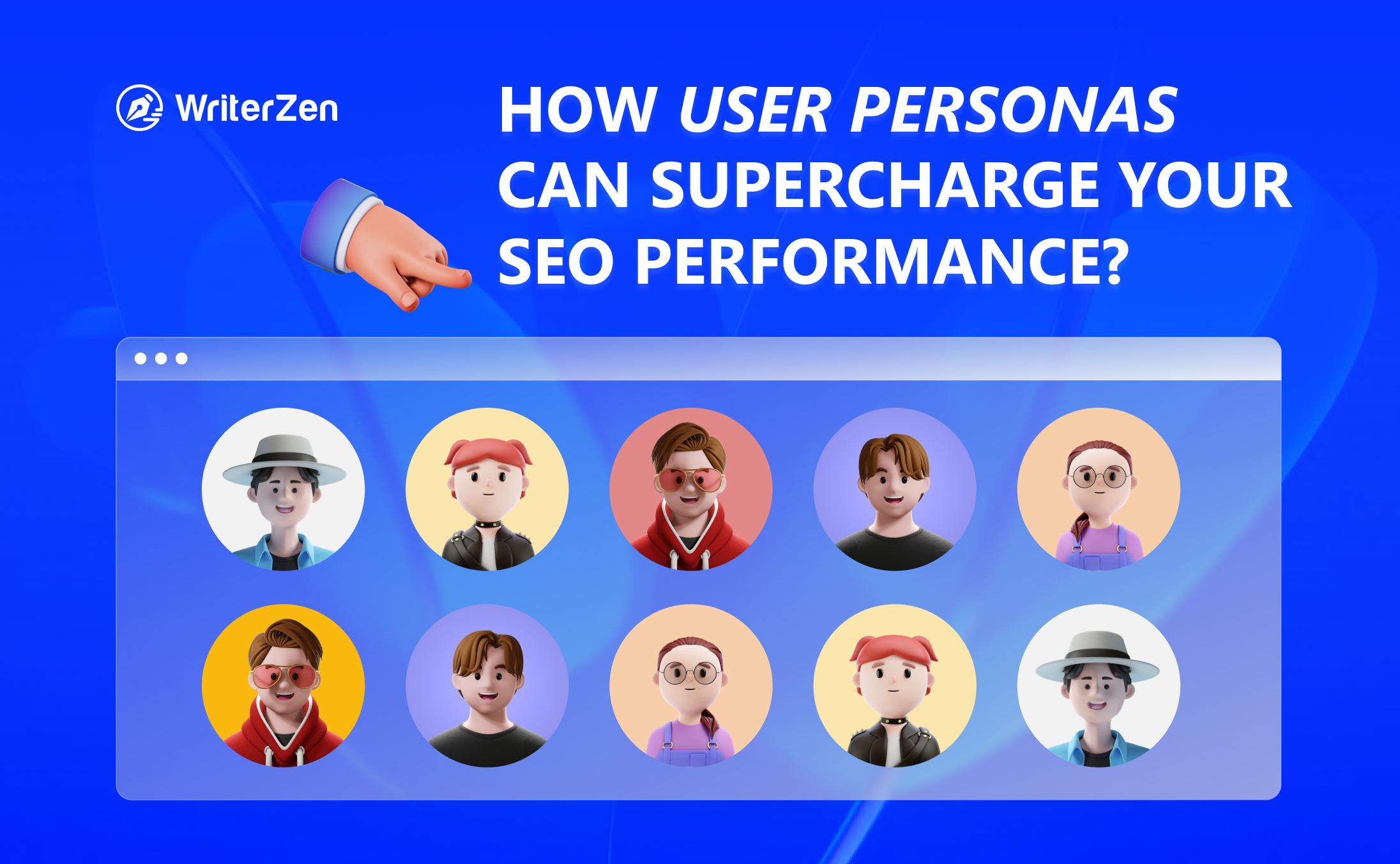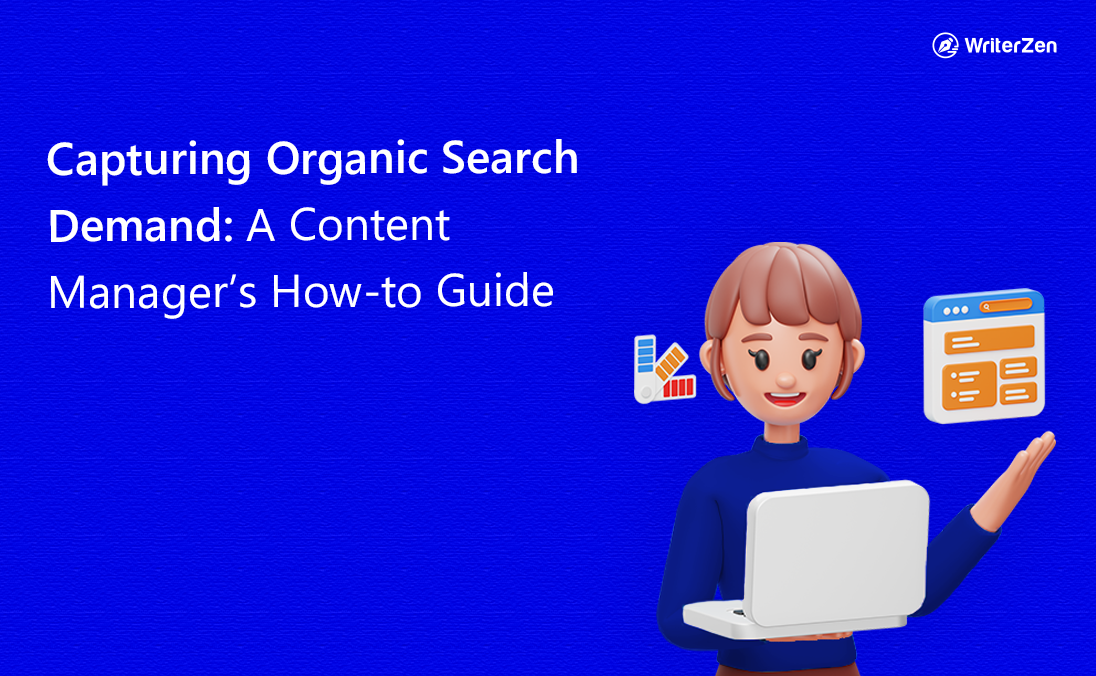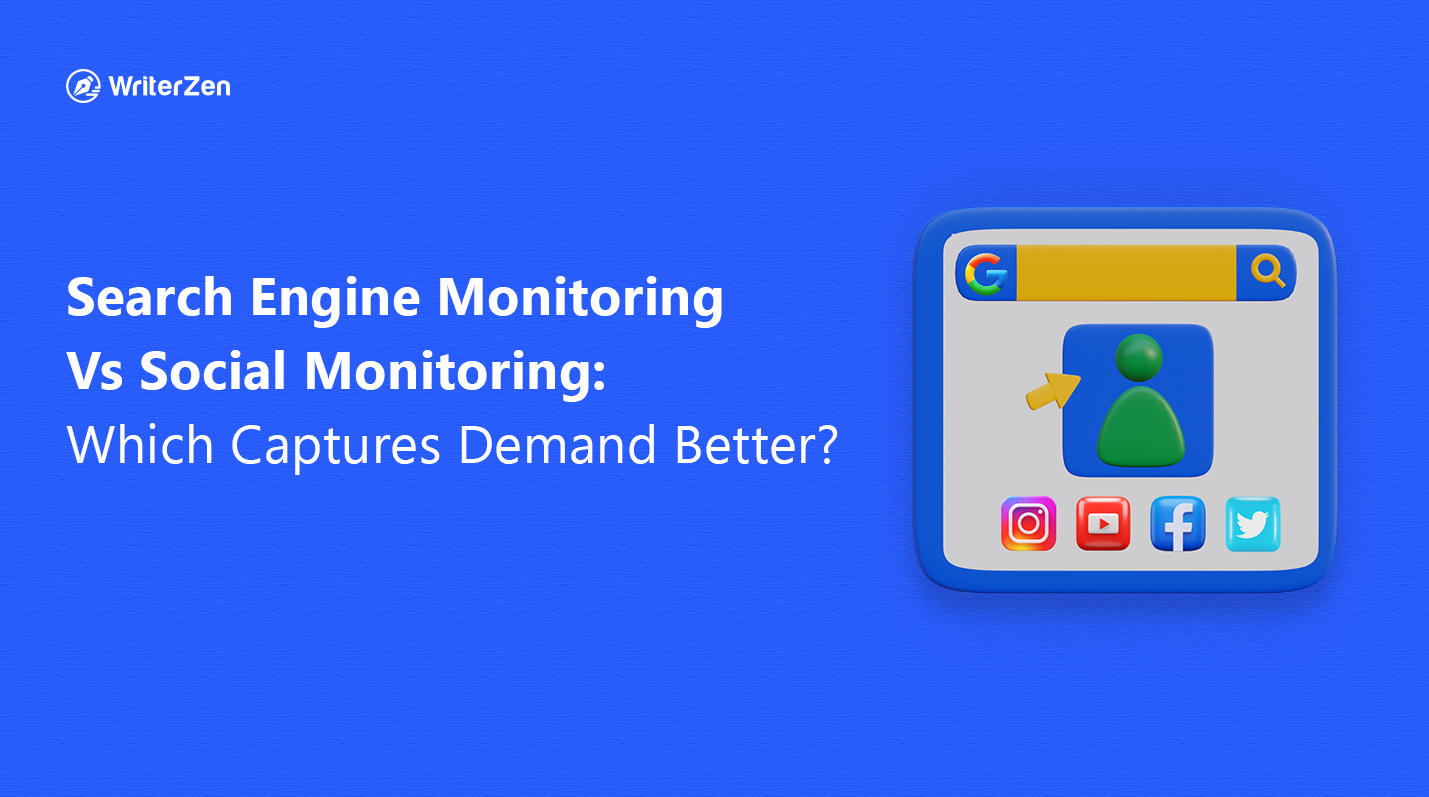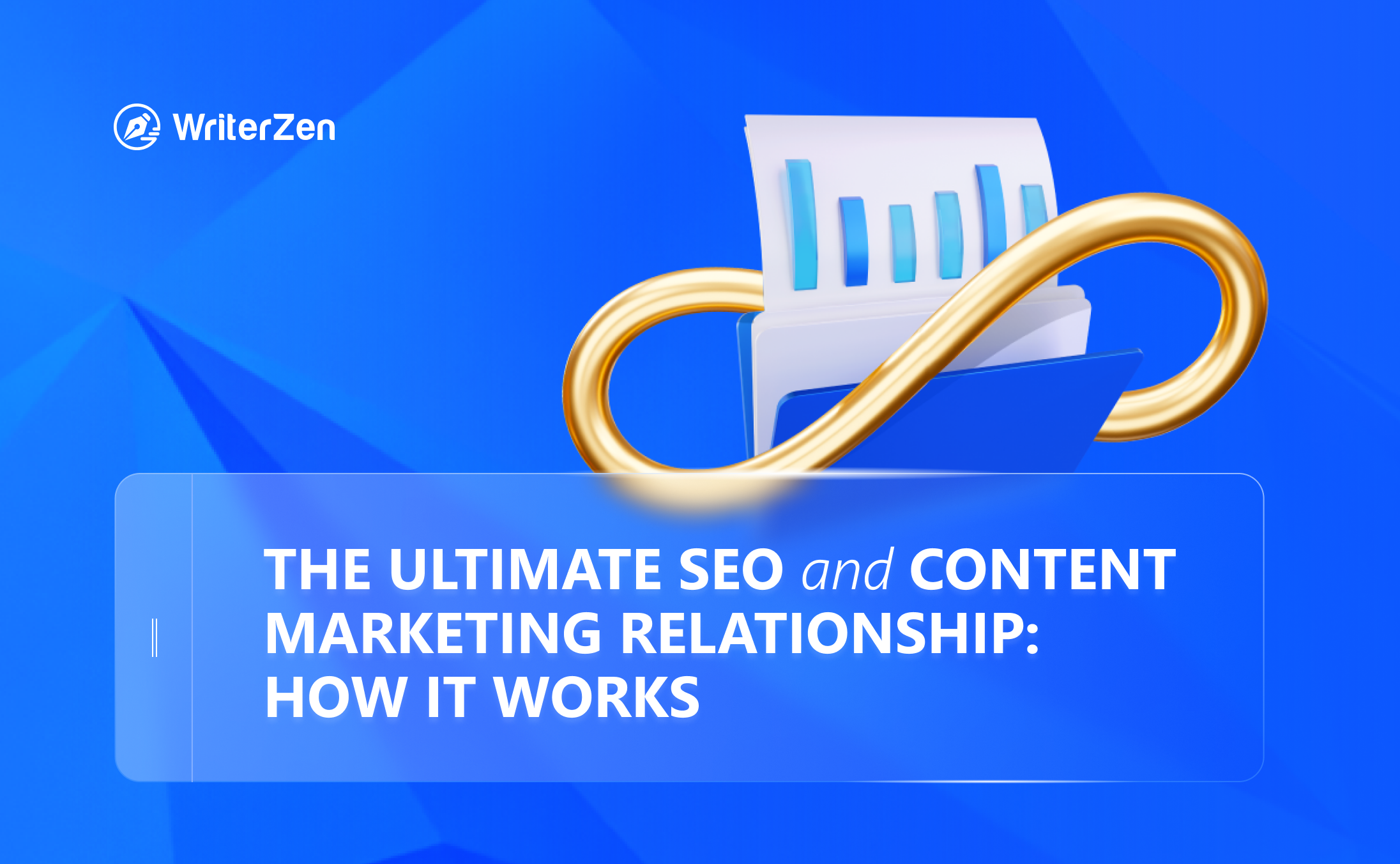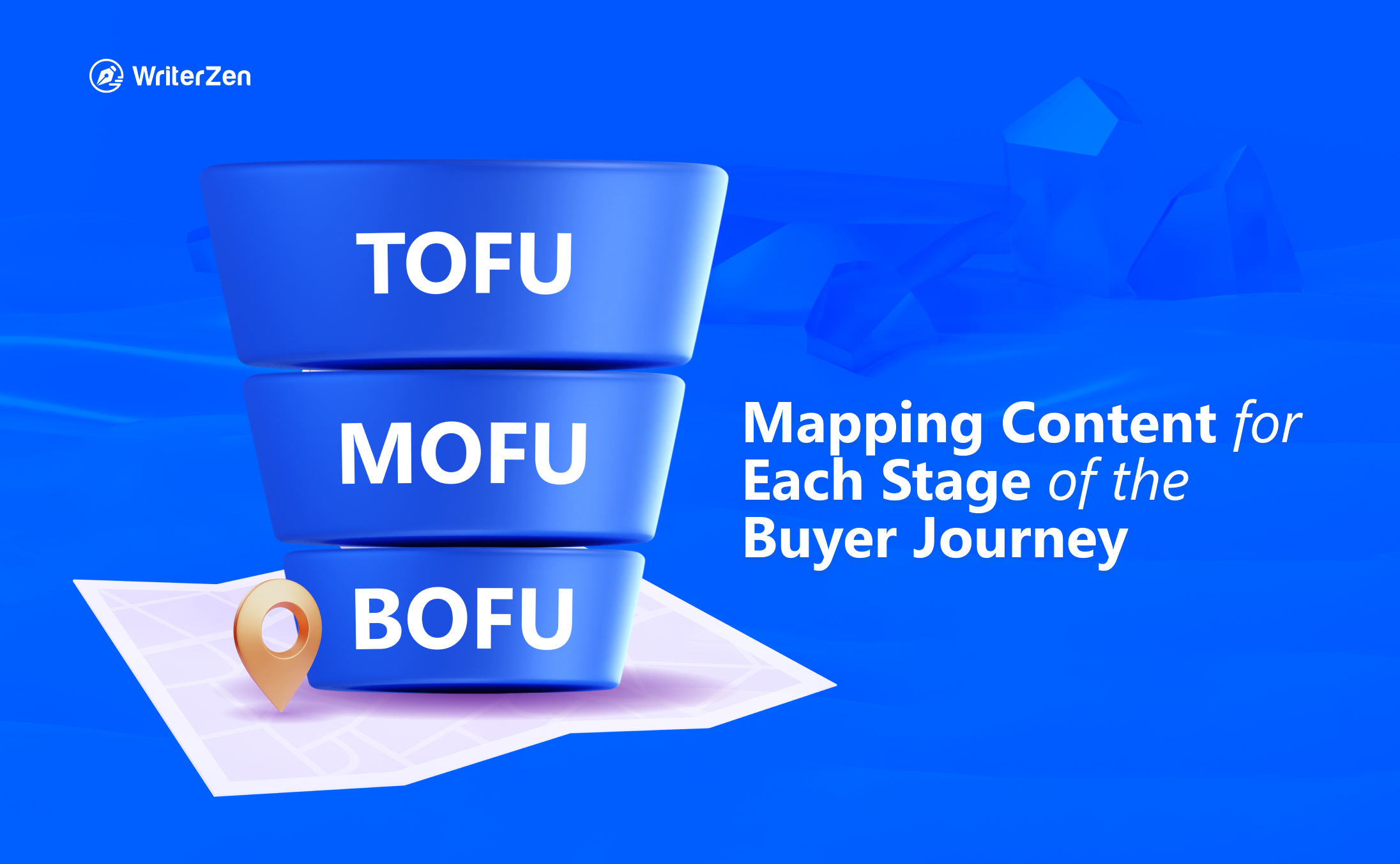If you're a marketer, you're likely familiar with the concept of "user personas." This term is used not only in marketing but also in business, design, and other fields.
In this article, we'll explore how user personas can benefit your SEO performance. We'll explain what they are, how to develop them, and how to incorporate them into your digital marketing approach. Keep reading to learn more.
What Is User Persona?
To succeed in SEO, it's essential to consider your audience. A useful technique for achieving this is to craft user personas, which are comprehensive profiles of your target audience.
A user persona is a fictional character that represents your ideal customer or website visitor. It includes their demographic details, interests, and behaviors. By developing these personas, you can gain a deeper understanding of the people you're attempting to reach through your SEO activities.
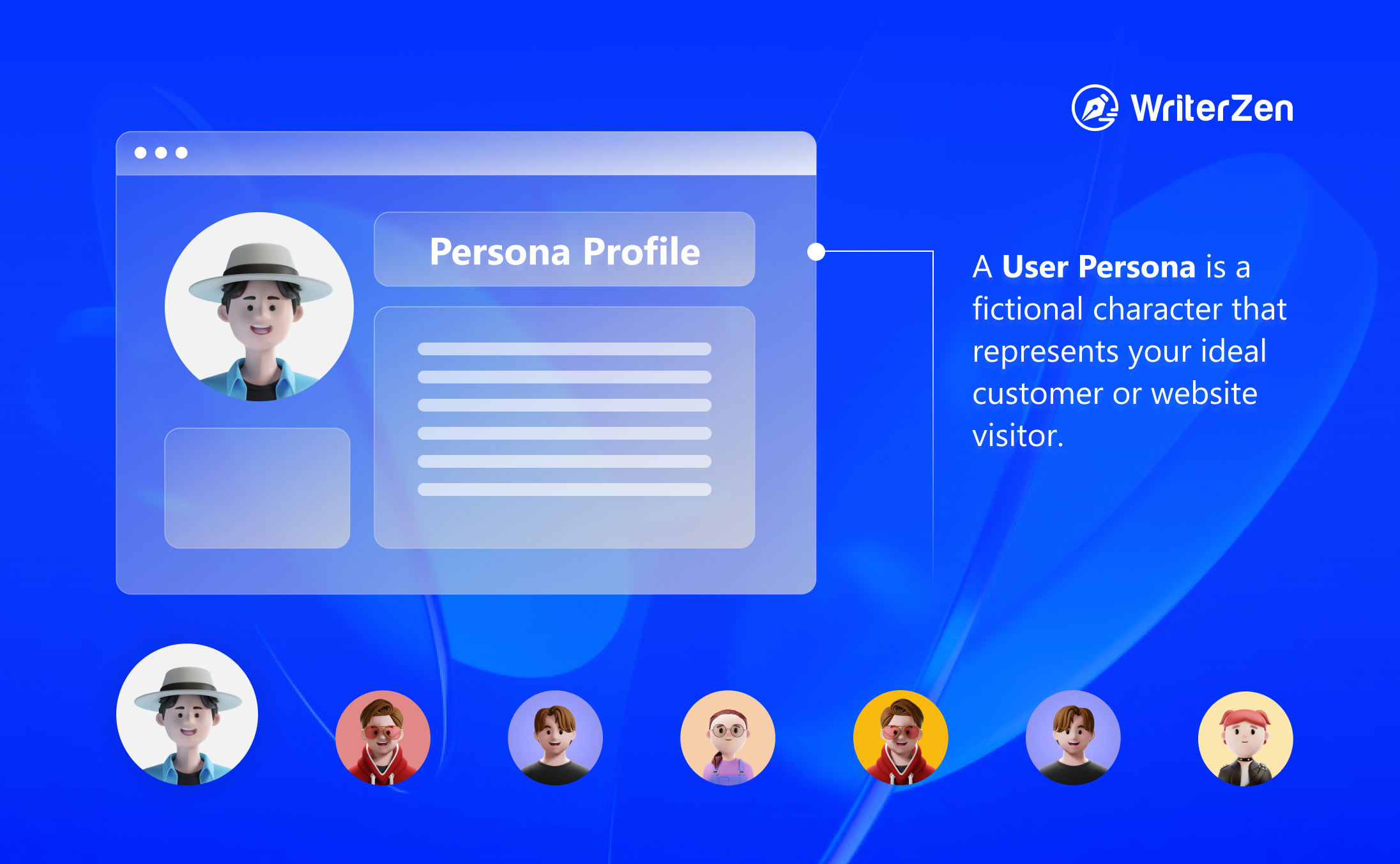
Crafting user personas allows you to customize your SEO strategy to meet the unique preferences and desires of your target audience. With this information, you can generate content that resonates with them, attracts more visitors, and enhances your website's ranking in search engines.
For instance, suppose your target audience is mainly young adults interested in eco-friendly products. In that case, your SEO approach could consist of producing content on sustainable living and incorporating keywords that this demographic typically searches for.
User personas can also aid you in identifying gaps in your content and creating fresh material that will appeal to your audience. By analyzing the interests and behaviors of your personas, you can create content that addresses their issues and provides solutions to their problems.
How to Create User Personas?
User personas can also enhance your website's usability and user experience. By understanding how your target audience interacts with your website, you can make necessary changes to improve their experience, which can lead to repeat visits.
To develop user personas, you need to have an in-depth idea of who they are, what their goals are, and what is preventing them from achieving their goals. Here’s a step-by-step guide to creating a user persona:
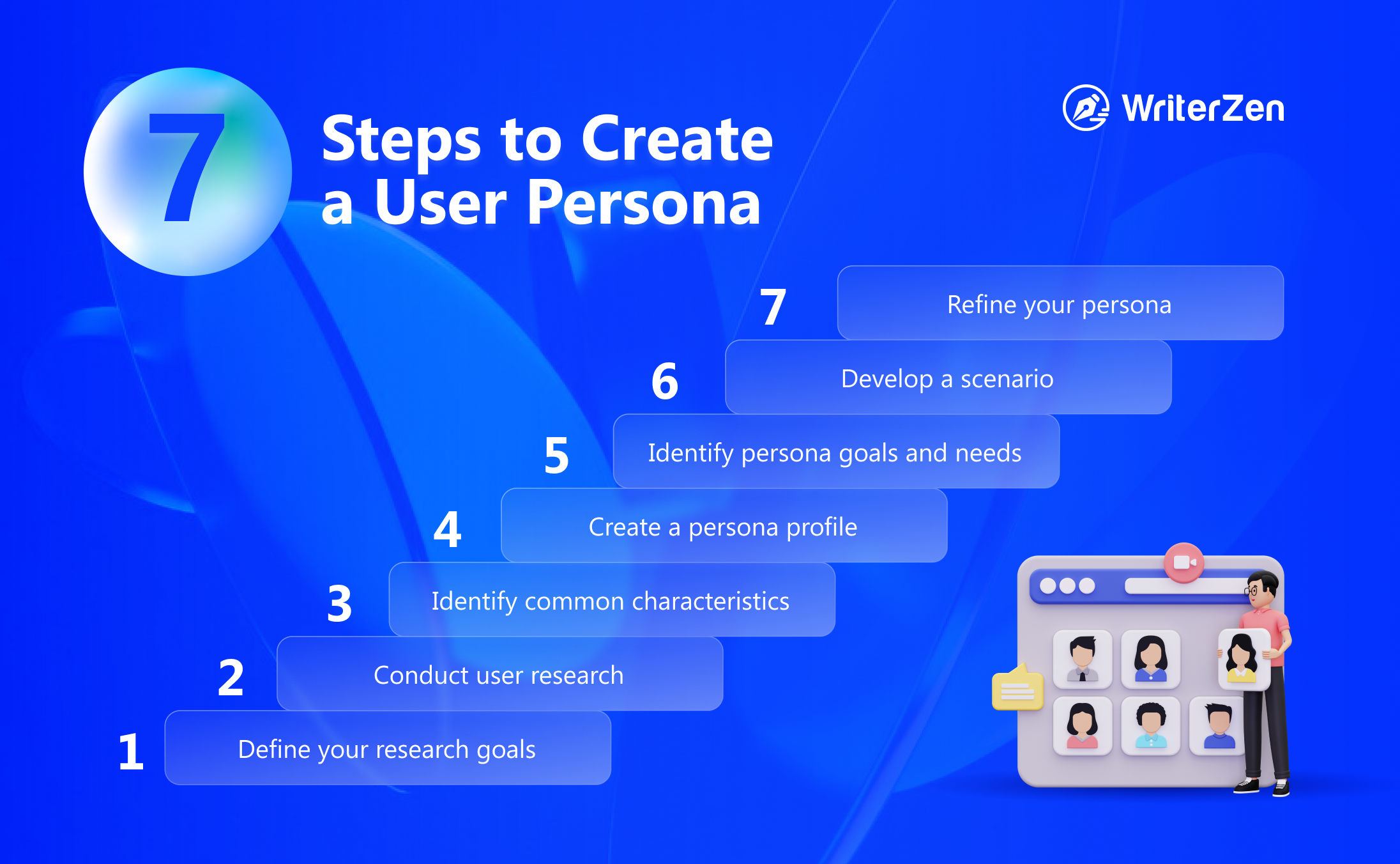
-
Define your research goals: Determine what you want to achieve by creating a user persona. Are you designing a product, service, or marketing campaign? What information do you need to collect about your target audience?
-
Conduct user research: Gather data about your target audience through various research methods, such as surveys, interviews, and focus groups. You can also analyze customer data and social media analytics to gather insights about your target audience.
-
Identify common characteristics: Based on your research, identify common characteristics that your target audience shares, such as demographics, behaviors, motivations, and goals.
-
Create a persona profile: Use the information you gathered to create a persona profile, including a name, age, job title, and other personal details that represent your target audience. Give your persona a photo to make it feel more real.
-
Identify persona goals and needs: Identify the goals and needs of your persona, such as what they are trying to achieve and what problems they are trying to solve. What motivates them? What frustrates them?
-
Develop a scenario: Create a scenario that illustrates how your persona interacts with your product or service. What are their pain points and what are the solutions they seek?
-
Refine your persona: Review your persona and refine it based on any new insights or information that you gather. Make sure that your persona is representative of your target audience.
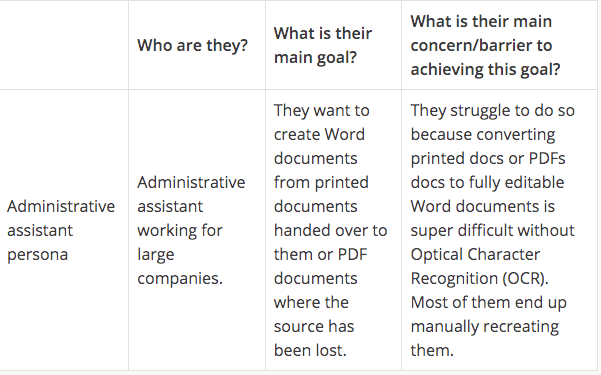
A simple user persona example
How to Tailor Your SEO Efforts to Your Personas?
When devising your strategic marketing plan, it's crucial to incorporate SEO strategies tailored to your personas from the outset.
Keep in mind that your target audience comprises potential customers, so it's necessary to take into account the personas you've created prior to developing your plan. By doing so, you'll be able to optimize your SEO endeavors and attain optimal results.
Keyword Research
User personas can be used at 3 of the points in this process – firstly, the brainstorming. If you’re generating seed terms, it’s useful to keep your personas in your mind – do they reflect the need and intentions of all of the potential users of your site?
Take the personas from the Vodafone example – what sort of seed terms would you come up with for them? How do their intentions differ?
When researching a new phone, Mike the Techie might be more interested in searching for the likes of “HTC desire specification” or looking for the highest spec between two phones such as “HTC desire camera vs iPhone camera”.
Henna the Socialite might be more interested in how many minutes she can get, how many texts, or which social apps are available, in which case she could be searching for the likes of “Vodafone unlimited texts” or “Facebook android app”.
Finally, Cost-Conscious Geoff would likely be more concerned with price comparison, such as “cheapest iPhone contract” or “cheapest desire handset only”.
Once you’ve generated seed terms, personas don’t really come into it again until you’re making decisions about target keywords.
Again, when you’re creating your final list of keywords, do they reflect your user personas accurately? Look back at the seed terms and consider whether the final terms you’ve selected indicate the same intention.
Personas might also be applied in the final stage of the keyword research process – Implementation. This might be less important for on-page SEO elements, but think more about the tone and direction of the content on the landing page.
If you’re targeting Cost-Conscious Geoff with a “cheapest iPhone contract” page, make sure you answer his query and offer a clear next step.
Considering your users at these 3 stages will help to give you a comprehensive set of target keywords that accurately represent the needs and intentions of your users.
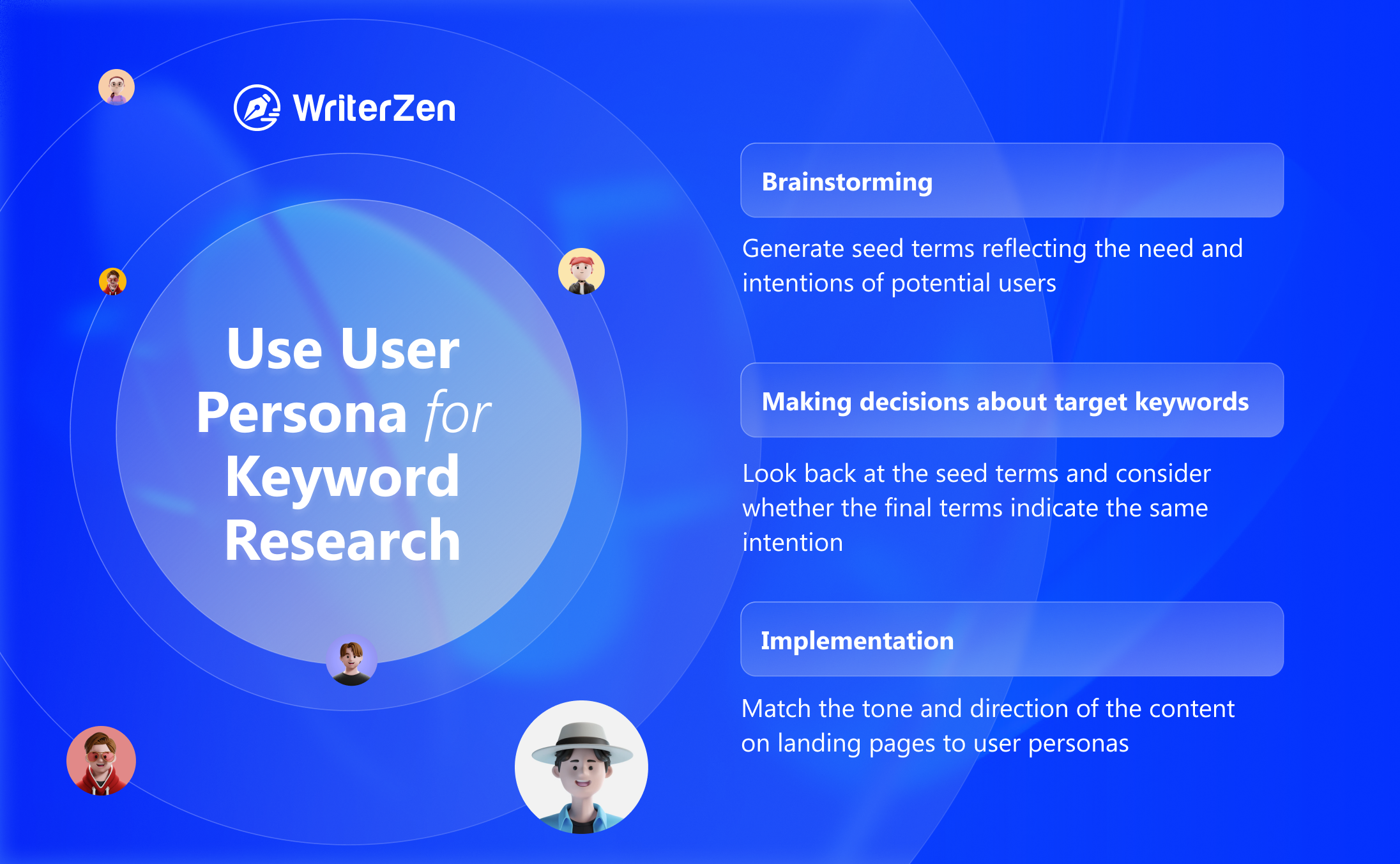
Content Strategy
Once you have identified and selected the most important keywords for your content marketing strategy, the next step is to put them into action. This stage is critical because it marks the beginning of your marketing funnel, which is essential for driving conversions on your website.
When implementing your chosen keywords, it is important to keep your user personas in mind. While they may not directly impact the implementation phase, the insights you have gained from creating your personas can provide valuable guidance.
By aligning your landing pages with your target audience's interests, preferences, and pain points, you can create effective marketing funnels that drive conversions.
As you begin to implement your content marketing strategy, you can use the insights from your user personas to test the effectiveness of your landing pages and marketing funnels.
By analyzing data such as bounce rates, time on page, and click-through rates, you can optimize your content to better meet your audience's needs and preferences.
By incorporating your user personas into the implementation phase of your content marketing strategy, you can improve the effectiveness of your marketing funnel, decrease bounce rates, and ultimately increase conversions.
Overall, using user personas as a guide in your content marketing strategy can lead to more successful and targeted campaigns.
Link Building
User personas can be incredibly valuable in guiding link-building strategy because they provide a deep understanding of your target audience, their needs, interests, and behaviors.
Link building is about attracting high-quality links from relevant websites and individuals who are likely to be interested in your content, products, or services. By understanding your user personas, you can identify the types of websites and content that are likely to be of interest to them and tailor your link-building efforts accordingly.
For example, if your target audience is interested in health and fitness, you might focus on building links from reputable health and fitness blogs, social media influencers who specialize in that niche, and online communities or forums where people discuss related topics.
You might also create content that specifically addresses the needs and interests of your target audience, such as "10 Simple Exercises to Stay Fit at Home" or "5 Foods That Boost Your Immune System."
Here are a few ways user personas can help in guiding link-building strategy:
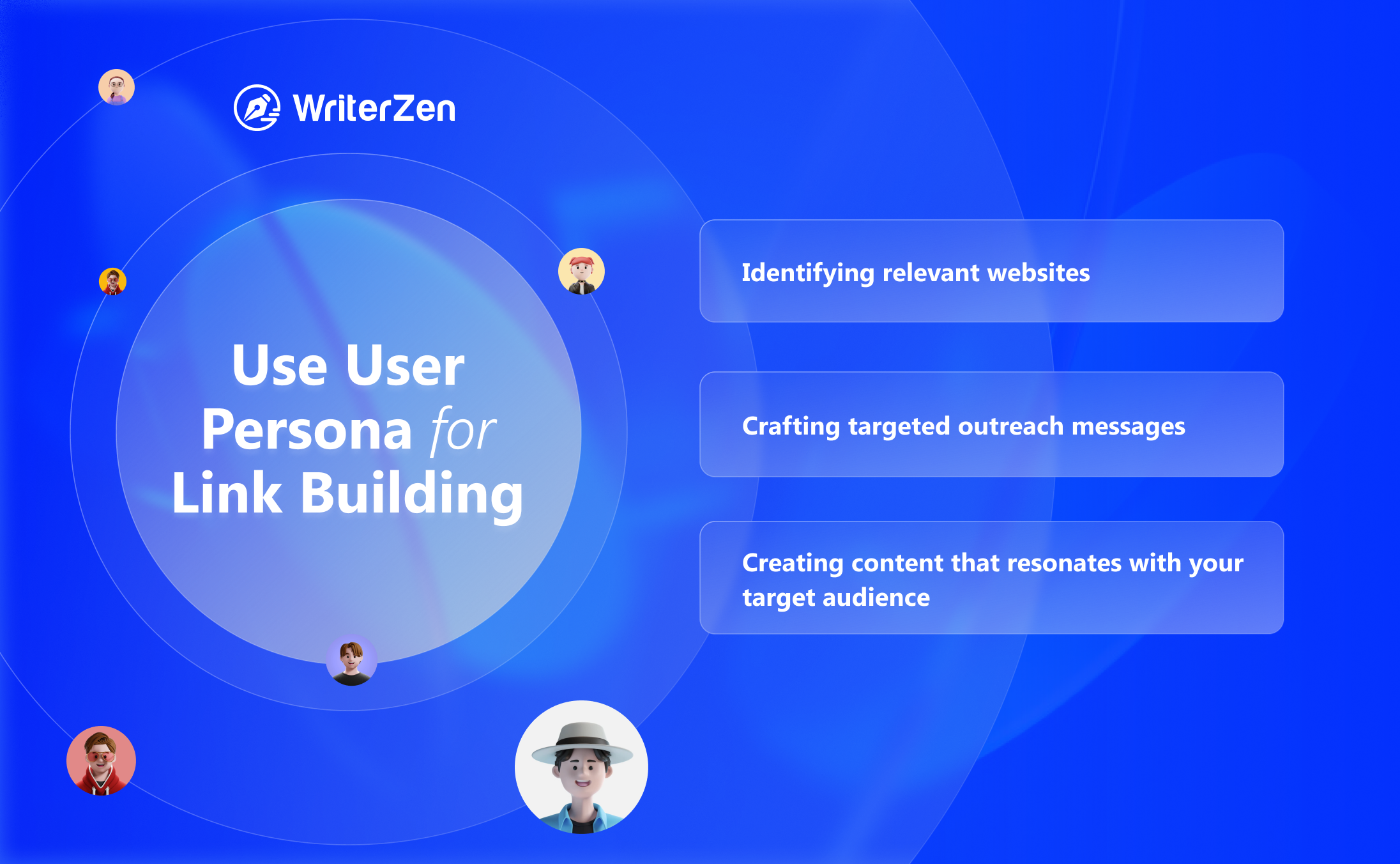
-
Identifying relevant websites: By understanding the interests and preferences of your target audience, you can identify websites that are likely to appeal to them. For example, if your user persona is interested in gardening, you might look for gardening blogs or websites that offer tips on how to grow plants.
-
Crafting targeted outreach messages: User personas can help you craft personalized outreach messages that speak directly to the interests and needs of your target audience. This can increase the chances that the website owner will be interested in featuring your content.
-
Creating content that resonates with your target audience: User personas can help you create content that is relevant and useful to your target audience. This can increase the likelihood that other websites will link to your content because it provides value to their readers.
Final Thoughts
To recap, user personas offer three significant benefits in the realm of SEO.
Firstly, by focusing your SEO strategies on your personas, you can enhance efficiency.
Secondly, incorporating user insights into your keyword research and link-building efforts can lead to success.
Lastly, when you combine this information with appropriate SEO techniques, you can achieve your ranking objectives while also targeting your most valuable potential customers.


